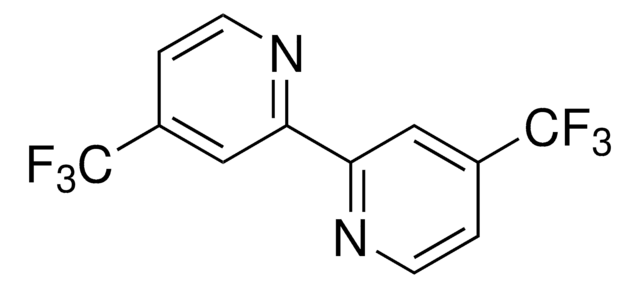902217
Ir[dFFppy]2-(4,4′-dCF3bpy)PF6
≥95%
Synonym(s):
Ir photocatalyst, Photocatalyst
Sign Into View Organizational & Contract Pricing
All Photos(1)
About This Item
Empirical Formula (Hill Notation):
C34H16F18IrN4P
CAS Number:
Molecular Weight:
1045.68
UNSPSC Code:
12352300
Recommended Products
assay
≥95%
form
powder or crystals
reaction suitability
core: iridium
reagent type: catalyst
reaction type: Photocatalysis
mp
>300 °C
photocatalyst activation
450 nm
Related Categories
Application
Under a dual catalytic copper/photoredox manifold, the Mes-Umemoto reagent has been demonstrated to be an excellent photocatalyst for the trifluoromethylation of alkyl halides and aryl halides to yield alkyl-CF3 and aryl-CF3 in high yields. In both cases, these reactions exhibit wide substrate scope with good functional group tolerance. More specifically, a variety of 5-membered and 6-membered heteroaryl halides can be readily converted to the corresponding trifluoromethylheteroarenes under mild conditions. For trifluoromethylation reactions, use with dMesSCF3 (901466) and supersilanol (902489).
Product can be used with our line of photoreactors: Including Penn PhD (Z744035) & SynLED 2.0 (Z744080)
Product can be used with our line of photoreactors: Including Penn PhD (Z744035) & SynLED 2.0 (Z744080)
related product
Product No.
Description
Pricing
Storage Class
11 - Combustible Solids
wgk_germany
WGK 3
flash_point_f
Not applicable
flash_point_c
Not applicable
Choose from one of the most recent versions:
Certificates of Analysis (COA)
Lot/Batch Number
Sorry, we don't have COAs for this product available online at this time.
If you need assistance, please contact Customer Support.
Already Own This Product?
Find documentation for the products that you have recently purchased in the Document Library.
Customers Also Viewed
Gilbert J Choi et al.
Nature, 539(7628), 268-271 (2016-11-04)
Despite advances in hydrogen atom transfer (HAT) catalysis, there are currently no molecular HAT catalysts that are capable of homolysing the strong nitrogen-hydrogen (N-H) bonds of N-alkyl amides. The motivation to develop amide homolysis protocols stems from the utility of
Chip Le et al.
Science (New York, N.Y.), 360(6392), 1010-1014 (2018-06-02)
Transition metal-catalyzed arene functionalization has been widely used for molecular synthesis over the past century. In this arena, copper catalysis has long been considered a privileged platform due to the propensity of high-valent copper to undergo reductive elimination with a
Our team of scientists has experience in all areas of research including Life Science, Material Science, Chemical Synthesis, Chromatography, Analytical and many others.
Contact Technical Service![(Ir[dF(CF3)ppy]2(dtbpy))PF6](/deepweb/assets/sigmaaldrich/product/structures/982/913/02dd8ddd-6deb-40a0-ab9b-07b18f1abb09/640/02dd8ddd-6deb-40a0-ab9b-07b18f1abb09.png)
![[Ir(dFCF3ppy)2-(5,5’-dCF3bpy)]PF6 ≥95%](/deepweb/assets/sigmaaldrich/product/structures/422/901/e00f3148-fb86-4f94-9e79-21d064c3f327/640/e00f3148-fb86-4f94-9e79-21d064c3f327.png)
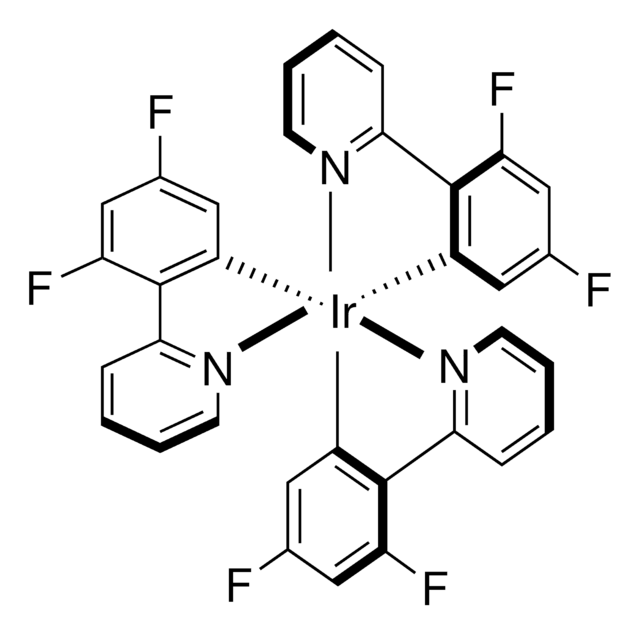

![[Ir(dtbbpy)(ppy)2]PF6](/deepweb/assets/sigmaaldrich/product/structures/158/329/2544d673-d267-4aa1-8f46-2652aad4bfa0/640/2544d673-d267-4aa1-8f46-2652aad4bfa0.png)
![[Ir{dFCF3ppy}2(bpy)]PF6](/deepweb/assets/sigmaaldrich/product/structures/180/924/79119ac4-7d62-429d-b23d-a14c012c6050/640/79119ac4-7d62-429d-b23d-a14c012c6050.png)
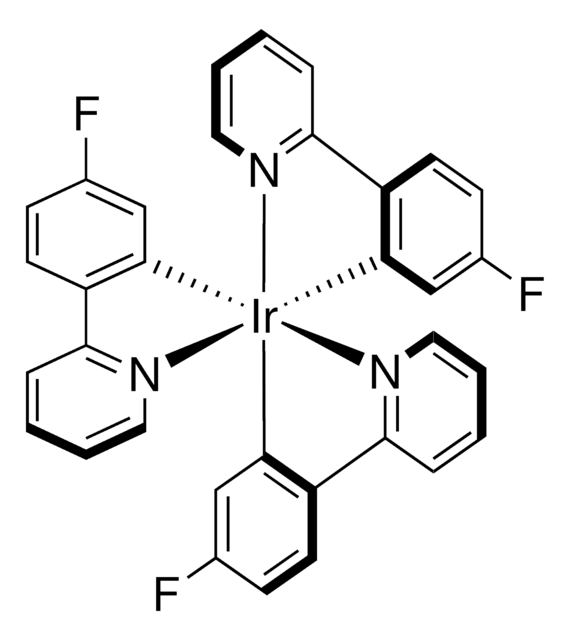

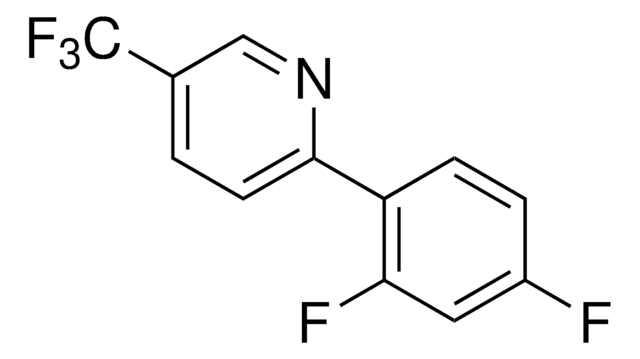
![[Ru(bpz)3][PF6]2 95%](/deepweb/assets/sigmaaldrich/product/structures/317/925/f0ef928e-bbea-4535-abe6-dda0bc28d32a/640/f0ef928e-bbea-4535-abe6-dda0bc28d32a.png)
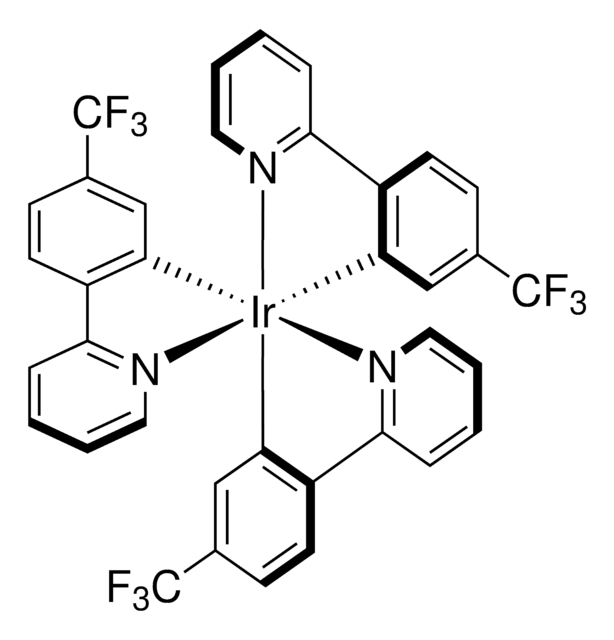
![[Ir(p-F(Me)ppy)2-(4,4′-dtbbpy)]PF6 ≥95%](/deepweb/assets/sigmaaldrich/product/structures/231/079/a5445824-9d4b-4c84-9c5f-f3acbcc75fd4/640/a5445824-9d4b-4c84-9c5f-f3acbcc75fd4.png)
![Ir[p-F(t-Bu)-ppy]3](/deepweb/assets/sigmaaldrich/product/structures/189/186/7badaac3-82af-4109-aab5-dea3a3aa916d/640/7badaac3-82af-4109-aab5-dea3a3aa916d.png)
